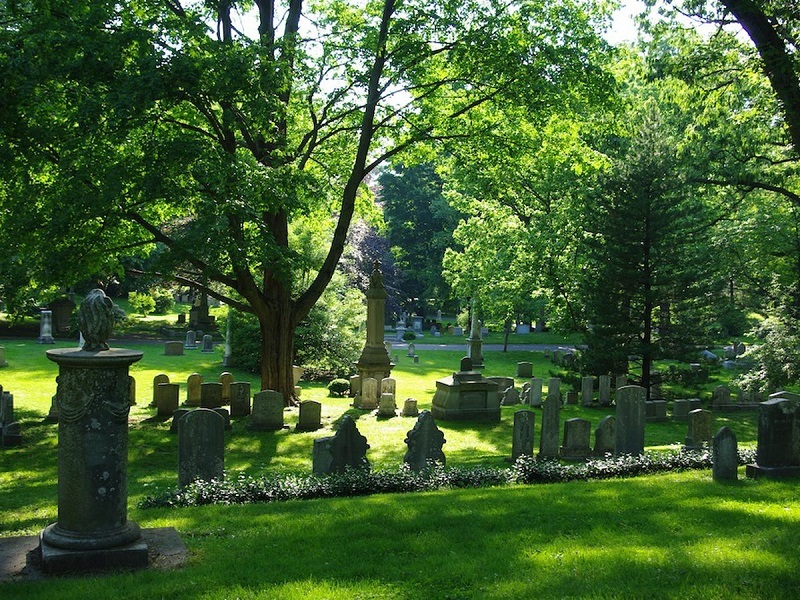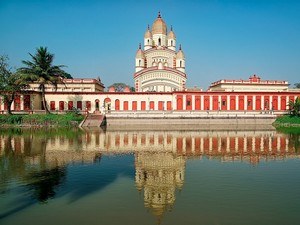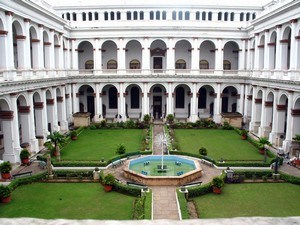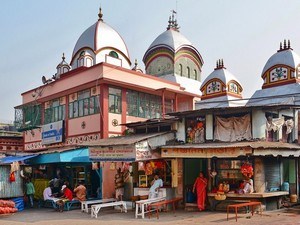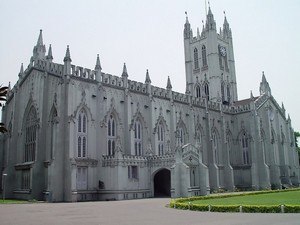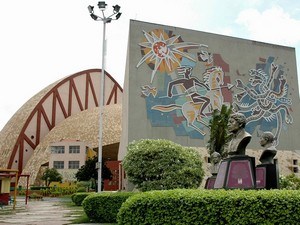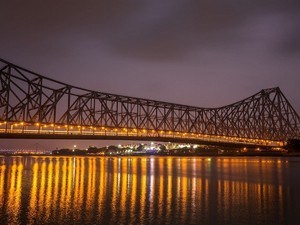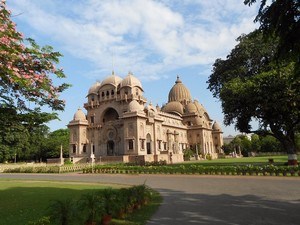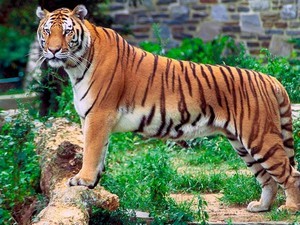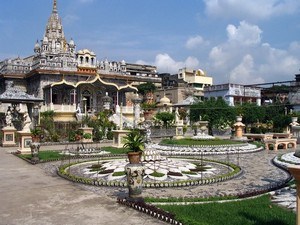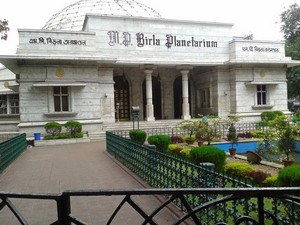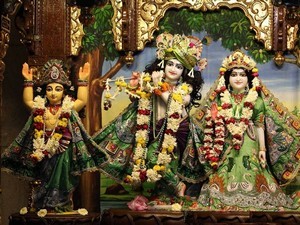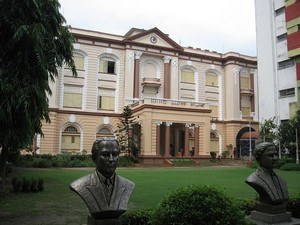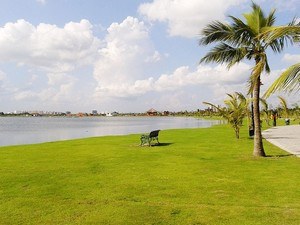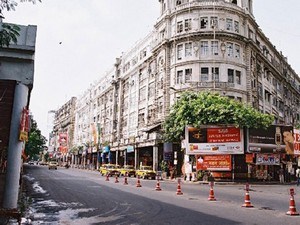South Park Street Cemetery, Kolkata - Timings, History, Architecture, Best Time to Visit
 India | West Bengal | Kolkata
India | West Bengal | Kolkata
 #25 of 29 Places to Visit in Kolkata
#25 of 29 Places to Visit in Kolkata
 Distance (From Kolkata Railway Station): 8 Kms
Distance (From Kolkata Railway Station): 8 Kms
 Trip Duration (Including Travel): 30 Mins
Trip Duration (Including Travel): 30 Mins
 Place Location: In Park Street
Place Location: In Park Street
 Transportation Options: Cab / Auto
Transportation Options: Cab / Auto
 Travel Tips: None
Travel Tips: None
At a distance of 8 km from Kolkata Railway Station, South Park Street Cemetery is located on Mother Teresa Sarani in Kolkata. Situated in Park Street, it is one of the oldest cemeteries of Kolkata and among the oldest heritage places to visit in Kolkata.
Opened in 1767, the Park Street Cemetery was one of the earliest non-church cemeteries in the world, and probably the largest Christian cemetery outside Europe and America in the 19th century. The cemetery served as a burial ground for the European expatriates who were settled in Calcutta during the colonial period. The Europeans started to disuse it in the year 1790 after an enormous new cemetery was opened in a place called the Lower Circular Road Cemetery in the year 1840 nearby. It is now a heritage site, protected by the Archaeological Survey of India (ASI).
The cemetery was named after 'Park Street' after the private deer park built by Sir Elijah Impey around Vansittart's garden house. Spread across eight acres, the enclosure has an assortment of 1600 tombs of many notable European figures of the regal era. Most distinguished tombs are those of 'Rose Aymler', beloved of the poet Walter Savage Langdor, Henry Louis Vivian Derozio, the initiator of the Young Bengal Movement who lived an eventful life for a short period of just 22 years, Charles Dickens' son, Sir William Jones, founder of the Asiatic Society, Calcutta in 1796, David Drummond, C. F. Andrews and Michael Madhusudan Dutta, the illustrious and anglicized poet of Bengal. The landscape is quaint and serene with tall shady trees and many beautiful flowers and bushes encircling the tombs.
The mausoleums and memorials are architecturally impressive and represent the grandeur of the colonial period. The architecture of the gravestones is a mix of Gothic and Indo-Saracenic style. The tombs are mostly made of sand-stone and are square, rectangular or circular in structure. The architectural designs of the tombs reflect classical European styles ranging from Romanesque cupolas, Grecian urns, pyramids, obelisks, cairns, and sarcophagi. The sarcophagi's are designed in unique Hindu style with black basalt carvings on the frontal fascia that resembles miniature replicas of Orissan 'Rekha deul'.
Timings: 9 AM - 5 PM
Entry: Rs.30 for Person



